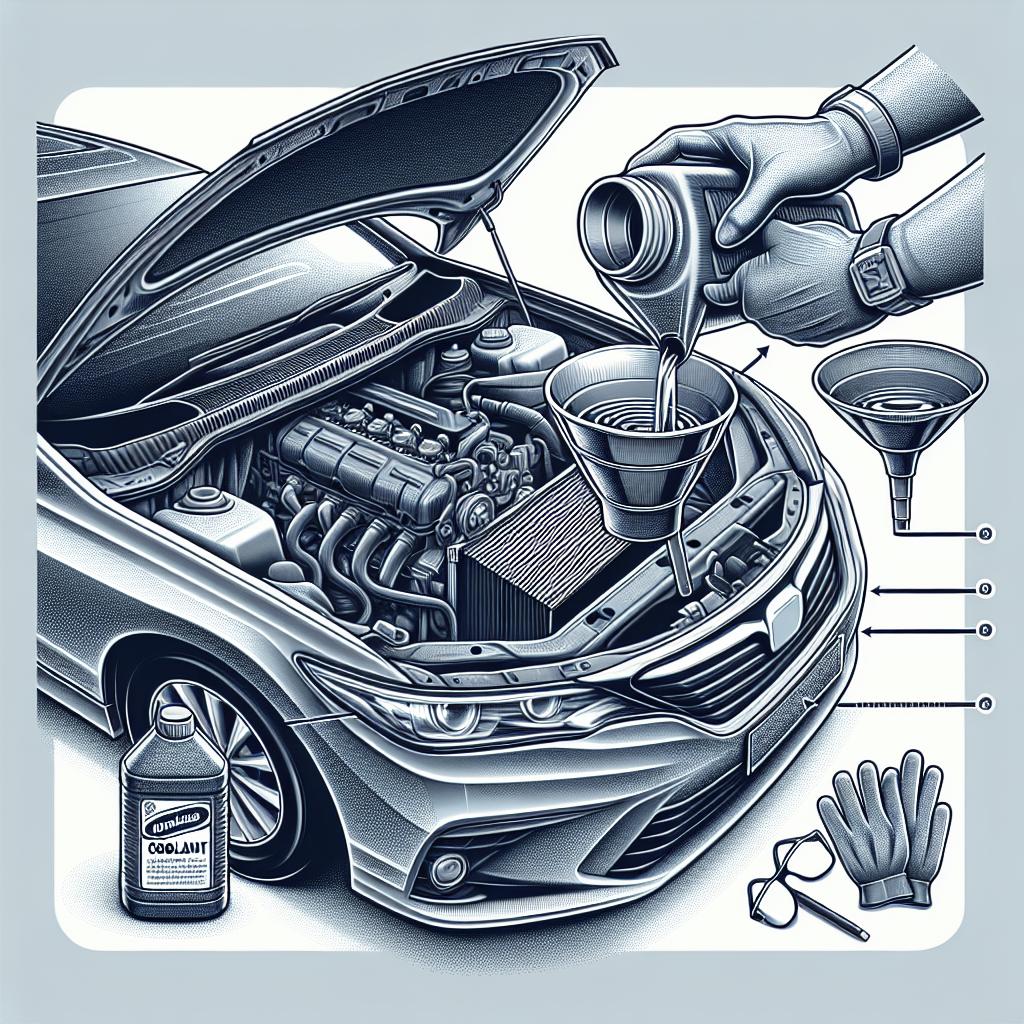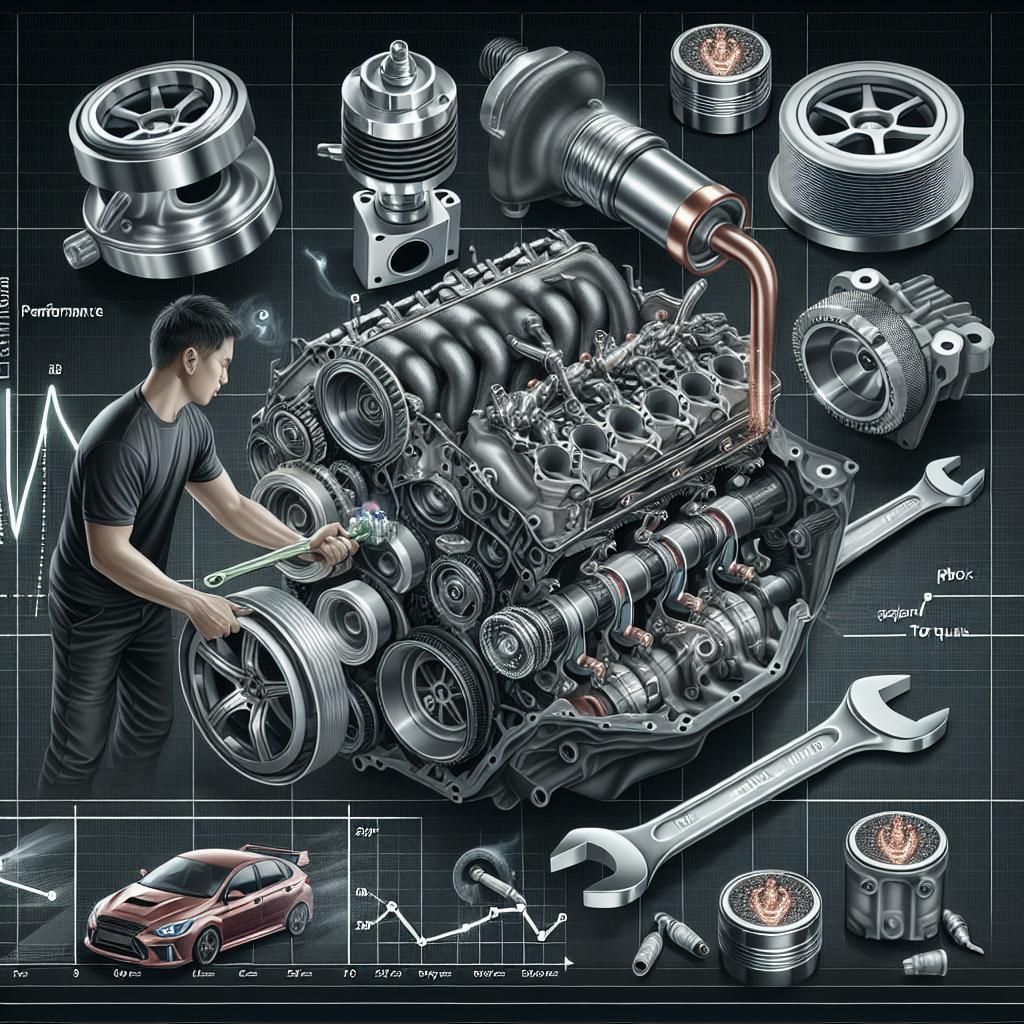“`html
How to Identify and Fix Car Leaks
Car leaks are one of the most common problems that vehicle owners face. Identifying and fixing these leaks promptly can save you time and money, extend the life of your vehicle, and ensure your safety on the road. This article explores common automotive leaks and equips you with the knowledge to diagnose, identify potential causes, and resolve them. We will delve into specific leaks like engine oil, transmission fluid, coolant, and water leaks, offering practical solutions for each. Additionally, you’ll learn preventative measures to keep leaks at bay. Whether you’re a seasoned car enthusiast or a novice, this comprehensive guide aims to enhance your understanding of automotive leaks and prepare you to handle them effectively.
Overview of Common Automotive Leaks
Automotive leaks can occur in various parts of a vehicle, and knowing how to identify them is crucial for any car owner. Common leaks include engine oil, transmission fluid, coolant, and water. Each type of leak is associated with different colors and locations under or around the car, which can offer clues to their origin.
Identifying a leak early can prevent bigger issues down the line, such as engine failure or transmission problems. Learning the signs of a leak and taking proactive measures can ensure your vehicle’s longevity and reliability.
Diagnosing a Leak in Your Car
The first step in diagnosing a car leak is to observe the vehicle’s symptoms. Are there puddles or stains on your driveway? Does your car exhibit unusual noises or smells? These indications can provide initial hints about potential leakage.
Performing a visual inspection under the vehicle can help locate the source of the leak. Check the color, texture, and smell of the leaking substance, as this can help identify what type of fluid is leaking. If necessary, consult a professional mechanic to ensure an accurate diagnosis.
Potential Causes of Leaks in Your Car
There are several potential causes for leaks in your vehicle. Worn-out seals, damaged hoses, and defective gaskets are some common culprits. Over time, these components can degrade, leading to fluid leakage.
Environmental factors like extreme temperatures and road debris can also contribute to leaks. Regular maintenance and inspections are key to preventing these issues, ensuring your vehicle remains in optimal condition.
Engine Oil Leaks
Engine oil leaks are typically identified by black or dark brown spots on the ground beneath your car. These leaks can stem from worn-out oil seals, gaskets, or a loose oil filter. Addressing an engine oil leak promptly is crucial, as low oil levels can lead to engine damage.
To fix an engine oil leak, first locate its source. Tightening fittings and replacing worn gaskets or seals with high-quality replacements can often resolve the issue. For extensive leaks, professional repair may be necessary.
Transmission Fluid Leaks
Transmission fluid leaks are usually marked by red or brown fluid. They can be caused by a damaged transmission pan gasket or worn-out seals within the transmission system. Ignoring such leaks can lead to costly transmission damage and performance issues.
To fix a transmission fluid leak, inspect the transmission pan and seals. Replacing damaged components and ensuring that all bolts are tight can often remedy the problem. Consult a professional if the leak persists.
Coolant Leaks
Coolant leaks usually appear as bright green, orange, or pink fluid. These leaks can result from a cracked radiator, faulty hoses, or a damaged water pump. Overheating is a common consequence of coolant leaks and can cause severe engine damage.
Address a coolant leak by identifying and replacing the faulty component. Regularly checking coolant levels and maintaining your vehicle’s cooling system can help prevent these leaks. If overheating occurs, seek professional assistance immediately.
Water Leaks
Water leaks in a vehicle can be deceptive and are often mistaken for coolant leaks. These leaks typically come from rainwater or condensation from the air conditioning system, rather than internal fluid systems.
To differentiate between a water and coolant leak, check the color and location of the liquid. Ensure that weather stripping and seals around windows and doors are intact to prevent rainwater intrusion. For AC-related water leaks, clear drain lines to avoid blockages.
What to Do Once You’ve Found the Leak
Once you’ve identified the location and type of leak, it’s important to address it promptly. Depending on the severity, you may opt for a DIY fix or seek professional help. Gather necessary tools, replacement parts, and protective gear before beginning any repairs.
If unsure, consulting with a mechanic can provide expert guidance and ensure the leak is fixed correctly. Delaying repairs can lead to further damage and increased repair costs down the line.
How to Prevent Automotive Leaks
Preventive measures can significantly reduce the risk of automotive leaks. Regular maintenance, including fluid checks and part inspections, is essential for identifying early signs of wear and tear.
Using high-quality parts and fluids during replacements can enhance durability and performance. Additionally, keeping your vehicle protected from extreme weather and road hazards can prevent leaks caused by environmental factors.
Final Thoughts
Addressing automotive leaks proactively can save you from costly repairs and vehicle downtime. With the right knowledge and approach, identifying and fixing leaks becomes a manageable task. Regular maintenance and inspections not only prevent leaks but also extend the life and performance of your vehicle. Stay vigilant, and don’t hesitate to seek professional assistance when needed.
| Topic | Key Points |
|---|---|
| Overview of Common Automotive Leaks | Engine oil, transmission fluid, coolant, water leaks. Signs and symptoms. |
| Diagnosing a Leak | Observe symptoms, perform visual inspections, consult professionals. |
| Potential Causes | Worn seals, damaged hoses, environmental factors. |
| Engine Oil Leaks | Black/brown spots, worn gaskets, tightening fittings. |
| Transmission Fluid Leaks | Red/brown fluid, damaged seals, replace components. |
| Coolant Leaks | Green/orange/pink fluid, faulty hoses, prevent overheating. |
| Water Leaks | Rainwater, AC condensation, ensure intact seals. |
| Fixing a Leak | DIY or professional repair, gather tools and parts. |
| Preventing Leaks | Regular maintenance, high-quality parts, protect from weather. |
“`


